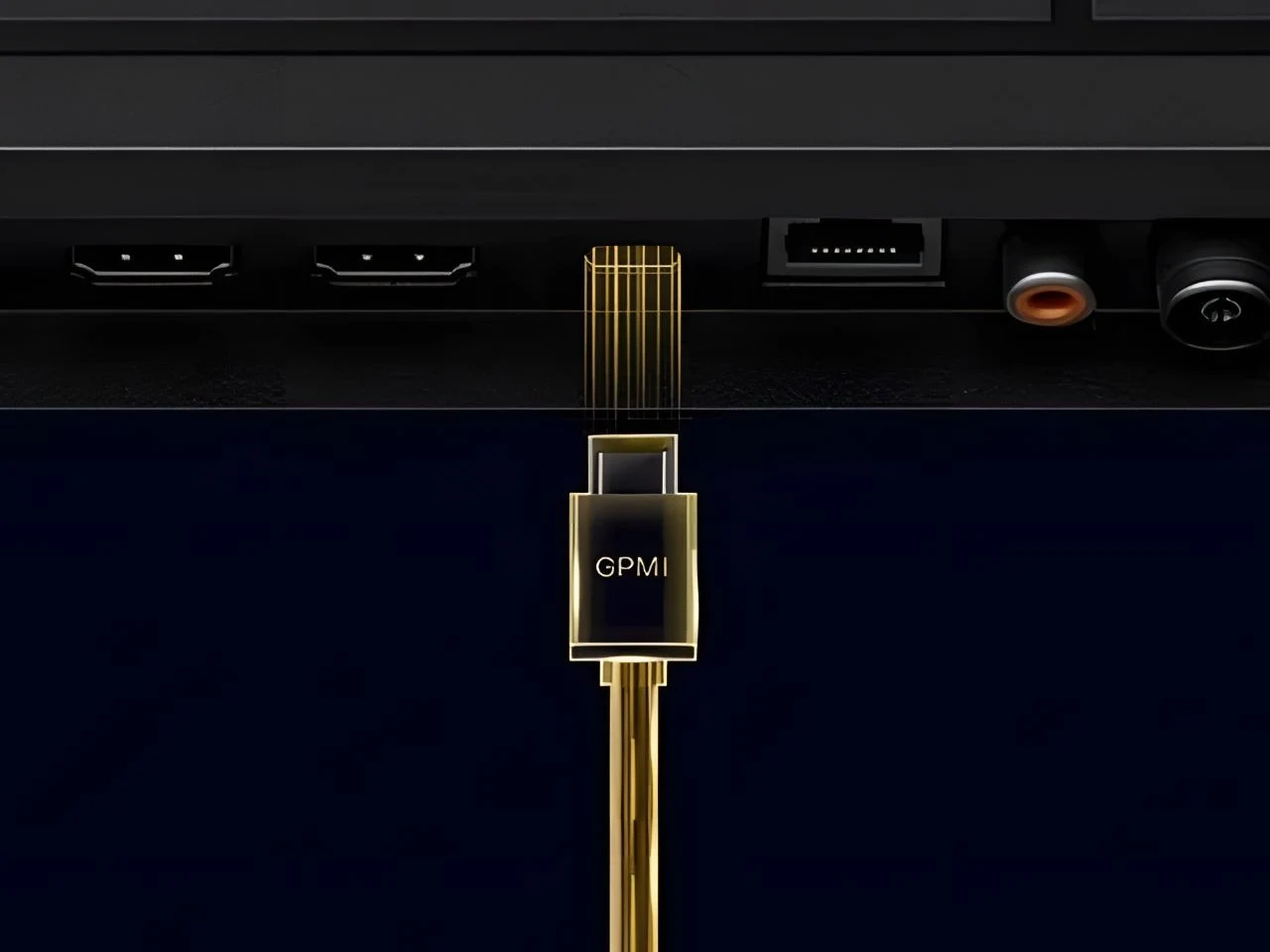Key Takeaways
1. A collective of over 50 Chinese tech firms has introduced the GPMI (General Purpose Media Interface) standard to support high-bandwidth video, networking, and power delivery with a single cable.
2. GPMI has two versions: Type-C, offering data transfer speeds of 96Gbps and charging up to 240W, and Type-B, which provides 192Gbps bandwidth and 480W power delivery.
3. GPMI Type-B significantly outperforms existing standards like HDMI 2.1 (48Gbps) and DisplayPort 2.1 (80Gbps), aiming to create a versatile port for power, display, and internet.
4. The Type-C version of GPMI has been licensed for use under USB-IF, ensuring compatibility with current USB-C ports, with several companies planning to adopt the standard in upcoming products.
5. The initiative may reduce reliance on Western interface standards like HDMI and could enhance local brands’ influence over technology, though its global acceptance and integration into devices remain uncertain.
A collective of more than 50 tech firms from China, which includes prominent television manufacturers such as TCL, Hisense, and Skyworth, has united to introduce a new connector standard known as GPMI (General Purpose Media Interface). This standard is intended to support high-bandwidth video, networking, and power delivery using a single cable, and it may soon be found in various devices ranging from televisions to set-top boxes.
Versions Available
There are two distinct types: GPMI Type-C and GPMI Type-B. The Type-C version resembles USB-C and already provides support for data transfer speeds as high as 96Gbps and charging capabilities of up to 240W. The larger Type-B variant takes it a step further, offering bandwidth of up to 192Gbps and the ability to deliver 480W of power. This is significantly higher than the capabilities of current HDMI or DisplayPort configurations.
Comparison with Existing Standards
When compared to other standards, HDMI 2.1 has a maximum bandwidth of 48Gbps and lacks power delivery. On the other hand, DisplayPort 2.1 can reach 80Gbps while supporting 240W, but GPMI’s Type-B essentially doubles that capacity. The aim appears to be creating a single, versatile port for power, display, and internet, which could streamline the hardware requirements for televisions and monitors.
Future Integration
The Type-C version of GPMI has already been granted licensing for use under the USB-IF (USB Implementers Forum), suggesting it will be compatible with current USB-C ports. Reports indicate that several companies have acknowledged their intent to include this standard in upcoming products.
This initiative is expected to give local brands greater authority over interface standards, potentially decreasing reliance on formats designed in Western countries, such as HDMI. Whether it gains popularity on a global scale remains uncertain, and its success largely hinges on how quickly it integrates into widely-used devices and how well it works with existing cables and accessories.
Source:
Link


Leave a Reply